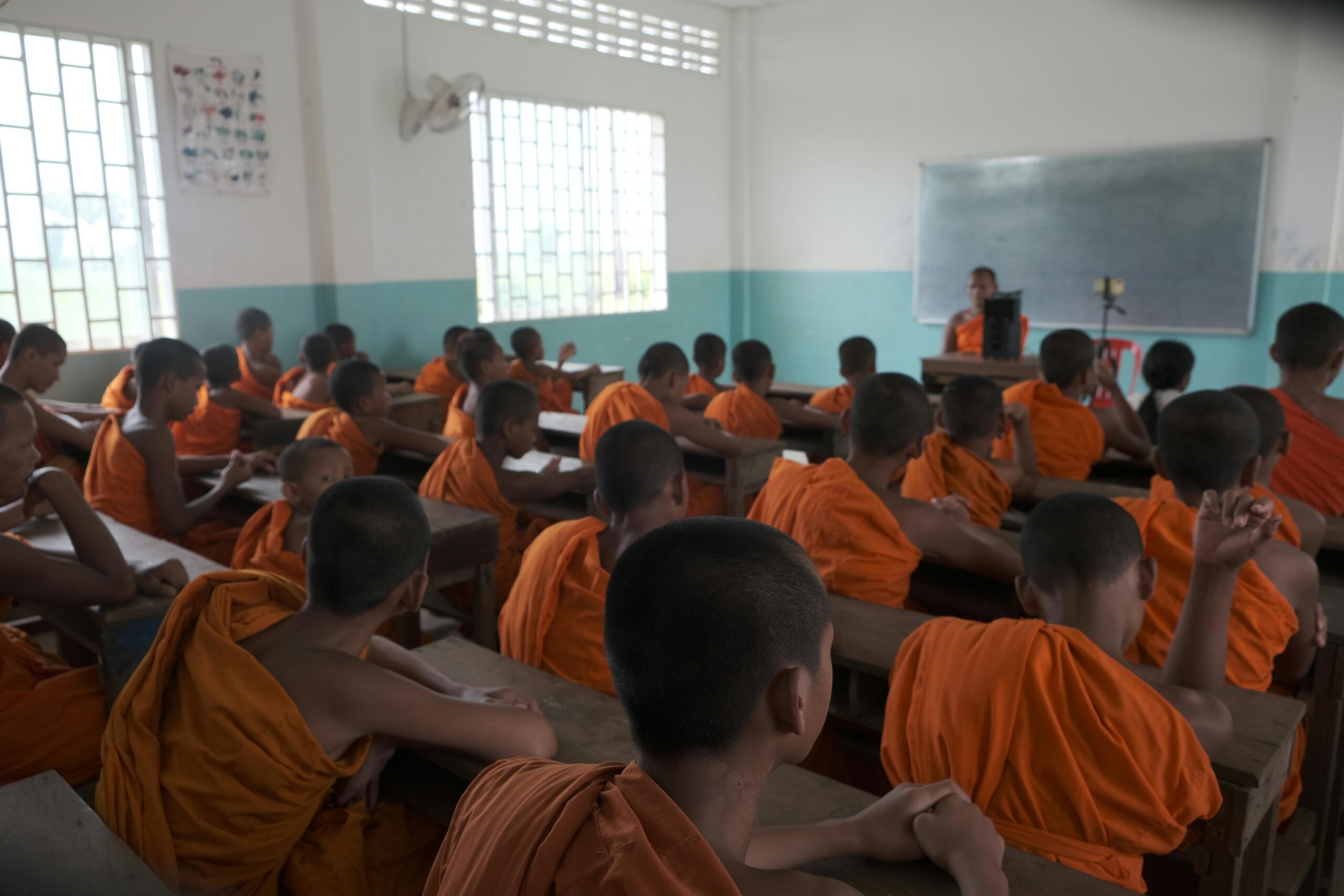In India, the integration of sports within school curricula has increasingly been recognized as an essential component of holistic education. Beyond merely serving as physical activity, sports in schools play a crucial role in fostering teamwork, discipline, and resilience among students. However, despite the recognized benefits, challenges in infrastructure, resources, and cultural perceptions about sports education persist. Here’s a detailed look at the significance of sports in Indian schools, the hurdles they face, and the potential solutions to these issues.
1. Enhancing Physical and Mental Health
Physical Benefits:
- Regular participation in sports helps combat the rising issue of childhood obesity and related health problems in India. Activities like soccer, cricket, badminton, and athletics improve cardiovascular health, coordination, and overall physical stamina.
- Schools that emphasize physical education are likely to have students with better health profiles, which translates to fewer absences and higher energy levels in academic pursuits.
Mental Health Advantages:
- Sports are equally beneficial for mental health. Engaging in sports helps reduce stress, anxiety, and depression among students. The endorphins released during physical activity naturally enhance mood and promote a state of well-being.
- Additionally, the focus required in sports enhances cognitive functions and can lead to improved concentration in academic subjects.
2. Building Life Skills Through Sports
Teamwork and Social Skills:
- Sports require students to work together toward a common goal, fostering a sense of teamwork and camaraderie. This collaborative spirit is essential in personal and professional settings.
- Participation in sports also enhances communication skills and emotional intelligence, as students learn to interact effectively with peers and coaches.
Discipline and Resilience:
- The structured nature of sports training instills discipline and time management in students. Adhering to a training schedule and consistently working to improve performance can cultivate a disciplined approach to life.
- Dealing with losses and setbacks in sports teaches resilience. Learning to accept failure and use it as a stepping stone for improvement is a valuable life lesson that extends beyond the playing field.
3. Challenges in Promoting Sports in Indian Schools
Infrastructure Shortcomings:
- Many schools, especially in rural or economically disadvantaged areas, lack the necessary sports facilities. Inadequate playing fields, equipment, and maintenance can deter sports participation.
- The monsoon season further complicates outdoor sports activities due to insufficient indoor facilities.
Cultural and Academic Hurdles:
- There is a prevailing cultural bias towards academics over extracurriculars, including sports. Many parents and educators prioritize academic performance, often at the expense of physical education.
- The misconception that sports can distract from academic responsibilities leads to a reduced emphasis on sports programs in schools.
Lack of Professional Coaching:
- There is a notable scarcity of trained sports professionals at the school level. This lack of expertise fails to nurture potential talent and provide students with a high-quality sports education.
- Furthermore, there is often a disconnect between sports training in schools and higher levels of competition, which impedes the development of professional athletes.
4. Government Initiatives and Future Directions
Policy Support:
- Recognizing the importance of sports, the Indian government has introduced initiatives like the Khelo India program to build a strong framework for all sports played in the country and to establish India as a great sporting nation.
- Policies aimed at integrating sports more comprehensively into the education system are essential. For example, making sports a compulsory part of the curriculum and part of the assessment metrics in schools could encourage greater participation.
Investment in Infrastructure:
- Significant investment is required to upgrade existing sports facilities in schools and to build new infrastructure where none exists. Public-private partnerships could be a viable solution to address these funding needs.
- Additionally, creating state-level competitions and inter-school leagues can foster a competitive spirit and highlight the importance of sports at the educational level.
5. The Way Forward: Integrating Sports with Education
Enhanced Collaboration Between Educators and Sports Authorities:
- To truly embed sports within the educational framework, a collaborative approach involving educators, sports authorities, and the community is necessary.
- Programs designed to identify and nurture talent from a young age can ensure that sports are seen not just as recreational activities but as integral to personal and professional development.
Raising Awareness:
- Awareness campaigns highlighting the success stories of individuals who have balanced sports and academics successfully can change cultural perceptions.
- Workshops for parents and educators on the benefits of sports, beyond physical health, can help integrate sports more deeply into the school culture.
Elevating Sports to Foster a Healthier, More Resilient Generation
The inclusion of sports in Indian schools is not merely an option but a necessity for the well-rounded development of students. By addressing the existing challenges and leveraging government and community resources, India can cultivate a healthier, more resilient generation. Sports can transform educational experiences, teaching life skills that textbooks alone cannot provide, and should be viewed as a critical element of the educational curriculum in fostering national pride and a healthier society.












